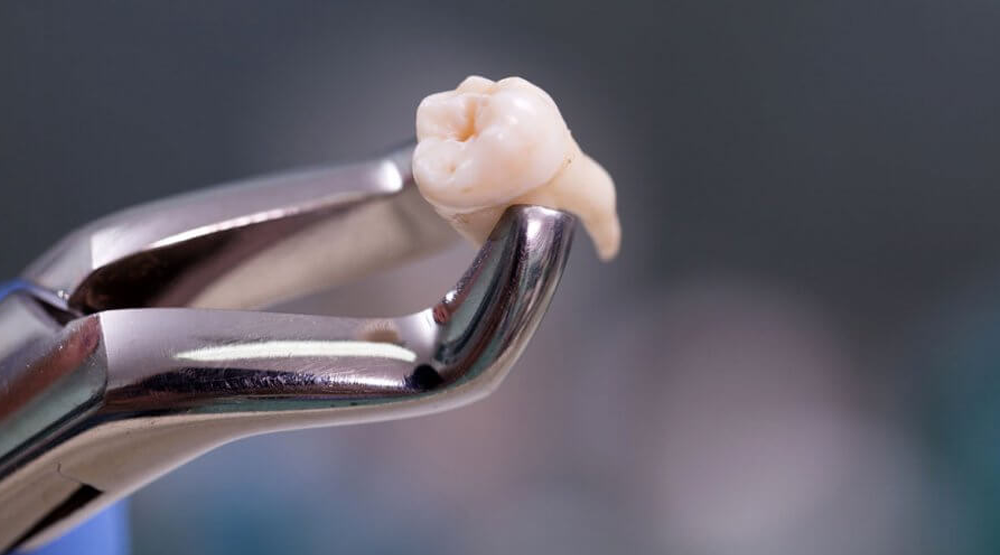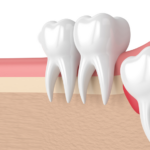
Wisdom-tooth extraction processes can lead to their own problems if you do not care for the tissue after the procedure. For example, you cannot suck on a straw within the first few days of the procedure. You must stick with soft foods that do not disturb the surgical site.
If you disturb the site, you can break the clot free and end up with a dry socket, a painful complication that will require more dental care.
You need to care for potentially problematic wisdom teeth before they cause you problems. But if you have a healthy tooth, public health experts and researchers wonder why you should put yourself through what looks like an unnecessary and painful procedure.
With all this said, it’s good to seek a second opinion. If more than one dentist recommends it, then have that tooth extracted.
Simple Extraction
Not all wisdom tooth extractions are complicated, surgical extractions. If the tooth has presented itself, the dentist may be able to extract the tooth with a simple extraction process.
The dentist will numb your gums with a topical numbing agent. Then they will insert a needle into the gum with a stronger numbing medicine. The dentist will use a tool called an elevator to loosen the tooth, and then they will use forceps to pull the tooth out.
The hygienist or dentist will then clean the area and pack it with gauze.
You need to care for the extraction site carefully. You’ll feel swollen and sore for a couple of days after the procedure. Also, do not brush or rinse your teeth for 24 hours.
To keep infection at bay you should gargle salt water every two hours for a week. The saltwater will keep your mouth clean.
Surgical Extraction
Most dentists will recommend you extract your wisdom teeth before they cause you problems. For many, this means a surgical extraction.
In past years only oral surgeons performed wisdom teeth extractions. However, today, many dentists perform the procedure regularly.
When the tooth rests below your gum line, your dentist cannot perform a simple extraction. Your dentist will begin the procedure by giving you medicine to make you sleepy.
Ultimately, you won’t remember this procedure or feel pain.
The dentist will then cut open the gum and remove the tooth bone and root. Sometimes a dentist will need to cut the tooth into several pieces. Cutting it into several pieces will help keep the surgical site smaller.
When you have a tooth surgically extracted, you’ll want to schedule a ride home. You should not be driving after the procedure. Your dentist may prescribe painkillers, especially if they removed any bone.
You will have some pain after the procedure. Ice your jaw periodically to help with swelling and soreness. Drink plenty of water, but avoid hot beverages, carbonated beverages, and alcohol for at least 24 hours.
You should expect significant stiffness after this procedure. You may not be able to open your jaw fully for 24 hours.
Like with any surgery, wisdom tooth extraction comes with risks. If you experience any of the following complications, you should contact your dentist immediately:
- Difficulty swallowing or breathing
- Blood oozing after two days has passed.
- Pain after more than a week has passed
- A swollen jaw or face after a few days have passed.
- A fever
- Numbness
- Foul smells
These are all signs of potentially dangerous complications that require immediate medical care.















Leave a Reply